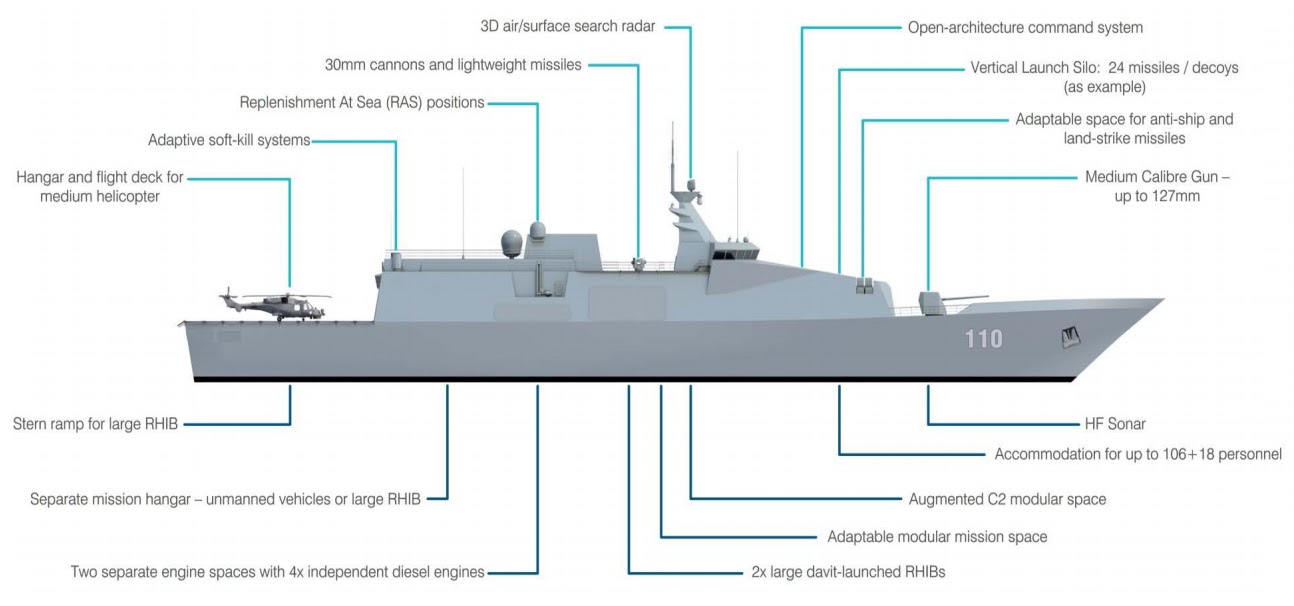Plans to ax one of the five Sentinel R1 ground surveillance aircraft operated by the British Royal Air Force (RAF) may temporarily be put on hold as officials consider reprieving the jet until a longer-term decision on the fleet's future can be made.
The RAF had been proposing to cut one of the aircraft from the fleet of Raytheon-developed Sentinel aircraft by early October as part of a broader bid to generate cash savings that under new government rules can be ploughed into other equipment budgets rather than being handed back to the Treasury.
One government source said it is now “ likely that the fifth aircraft it will be retained until the end of the financial year” to give time for a decision on longer-term plans for the aircraft.
A spokesman for the Ministry of Defence (MoD) said that no final decision had been taken on whether the fleet would be reduced.
The plan to reduce the RAF’s already stretched Sentinel fleet were publicly condemned by the RAF’s ISTAR Force commander, Air Commodore Dean Andrew, during a briefing with reporters at the Farnborough International Airshow in July.
Andrew said it was “unimaginable” the capability of 5 Army Co-operation Squadron would be reduced to just four aircraft when the fleet of lifesaving ISTAR jets remained in high demand.
Sentinel has played a key ISTAR role for the British and their allies in several conflicts around the world since it came into service at the end of 2008.
The aircraft, a Bombardier business jet modified with ground-moving target-indicator and synthetic-aperture radar sensor, has seen action in Afghanistan, Libya, Mali and elsewhere. It’s now providing vital battlefield data as part of the coalition mission against Islamic State militants in Syria and Iraq.
Such was the high volume of commitments by the British government that the ISTAR commander labelled Sentinel as the “prime minister's go-to airplane."
“As a war fighter, its unthinkable we would let this capability wither on the vine,” Andrew said.
Sentinel has been the target for cuts before. In the 2010 Strategic Defence and Security Review (SDSR), the government said it would completely ax the fleet once British forces withdrew from Afghanistan.
That plan was finally rescinded in last year’s SDSR when the Conservative-led government confirmed it would extend the Sentinel in-service time into the next decade as part of a wider ISTAR plan, which also involved the stretching of Sentry AEW and Rivet Joint signals intelligence aircraft out-of-service dates to 2035 and the Shadow intelligence platform to 2030.
The British are also set to purchase 20 more capable Protector versions of the Reaper drone and nine Boeing P-8 maritime patrol aircraft to boost its surveillance capabilities.
"The MoD can confirm the Sentinel capability is being extended in service until March 2021. The provision of an equivalent capability for the longer term remains under consideration”, the MoD spokesman said.
A decision on the longer-term retention of the Sentinel fleet is in the works but would probably be subject to a Joint Forces Command study now underway to look at equivalent capability options beyond 2021.
Sentinel prime contractor Raytheon has been working on a road map to update the aircraft and manage obsolescence issues if the Sentinel remains in service far beyond 2021.



